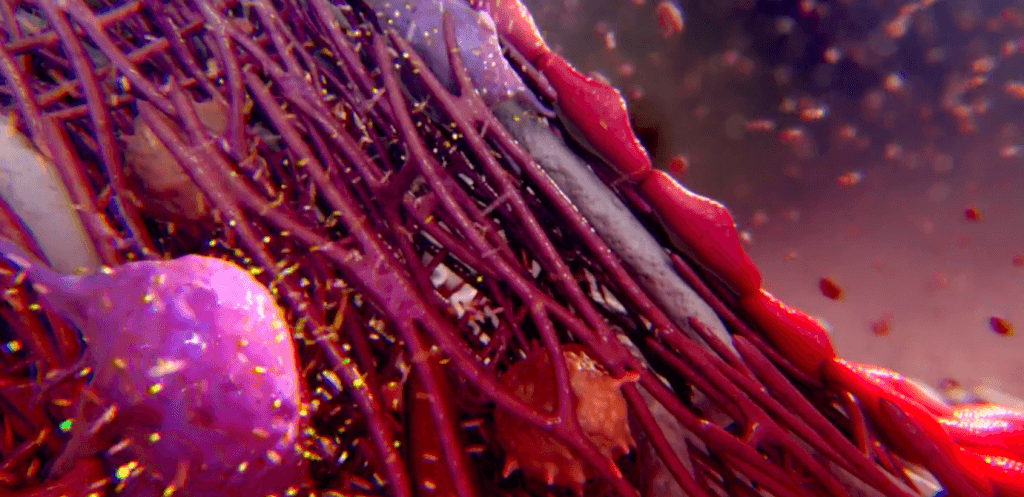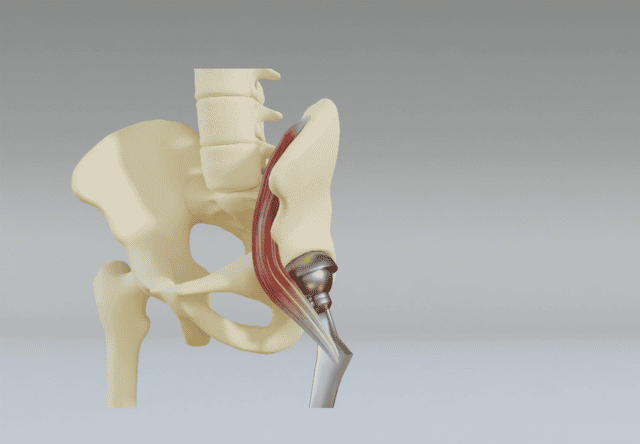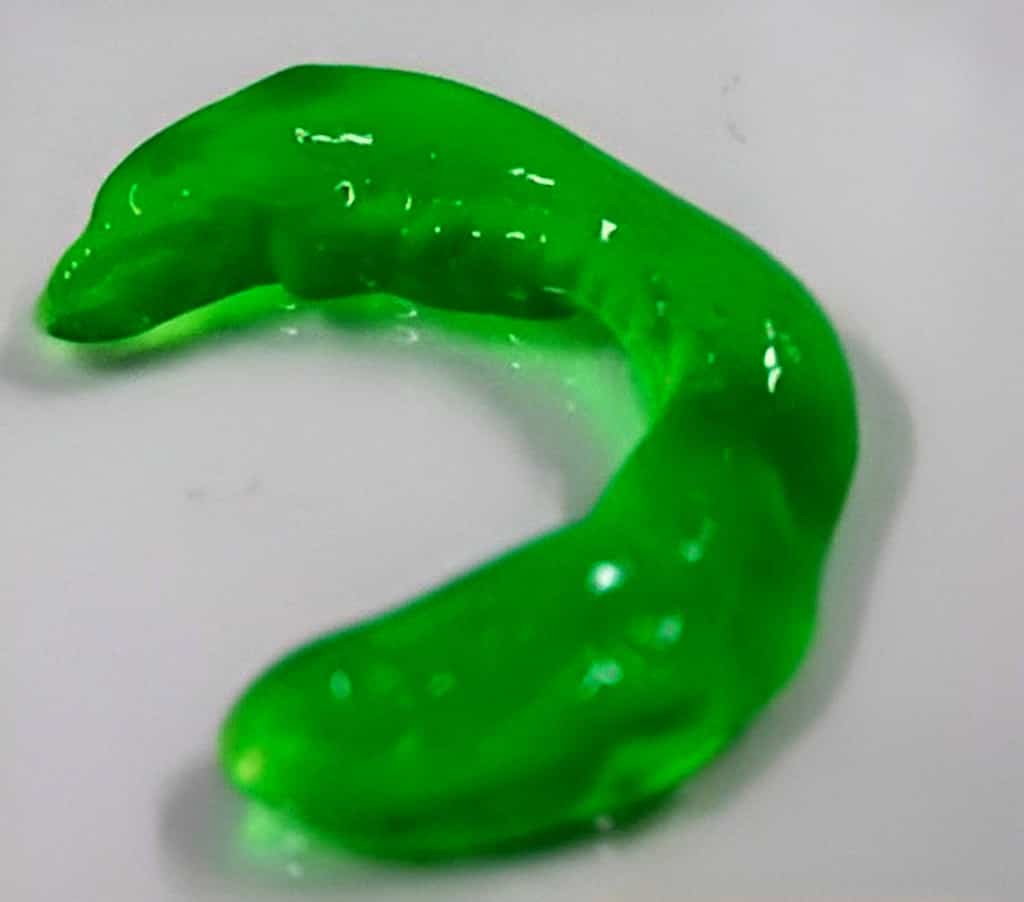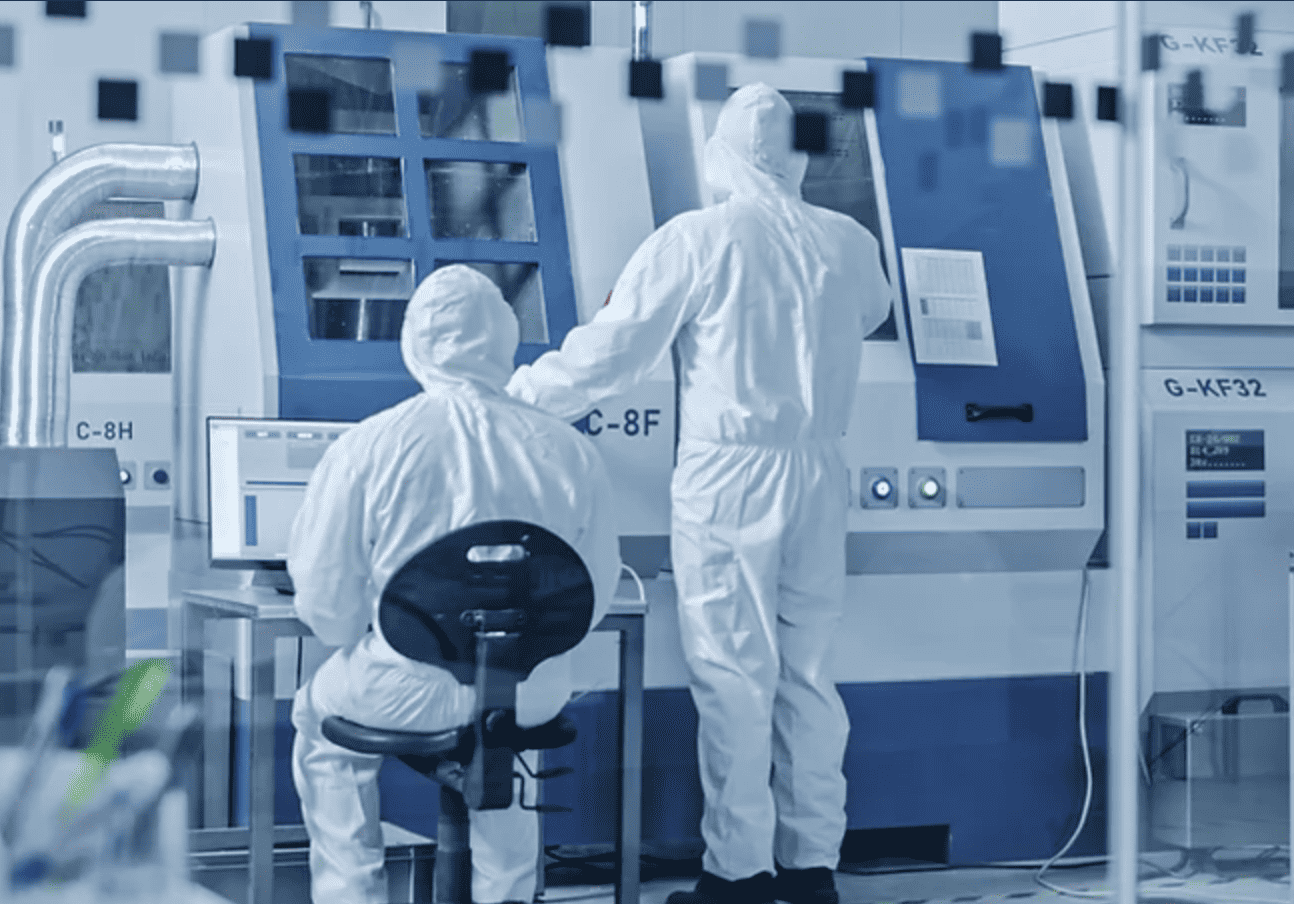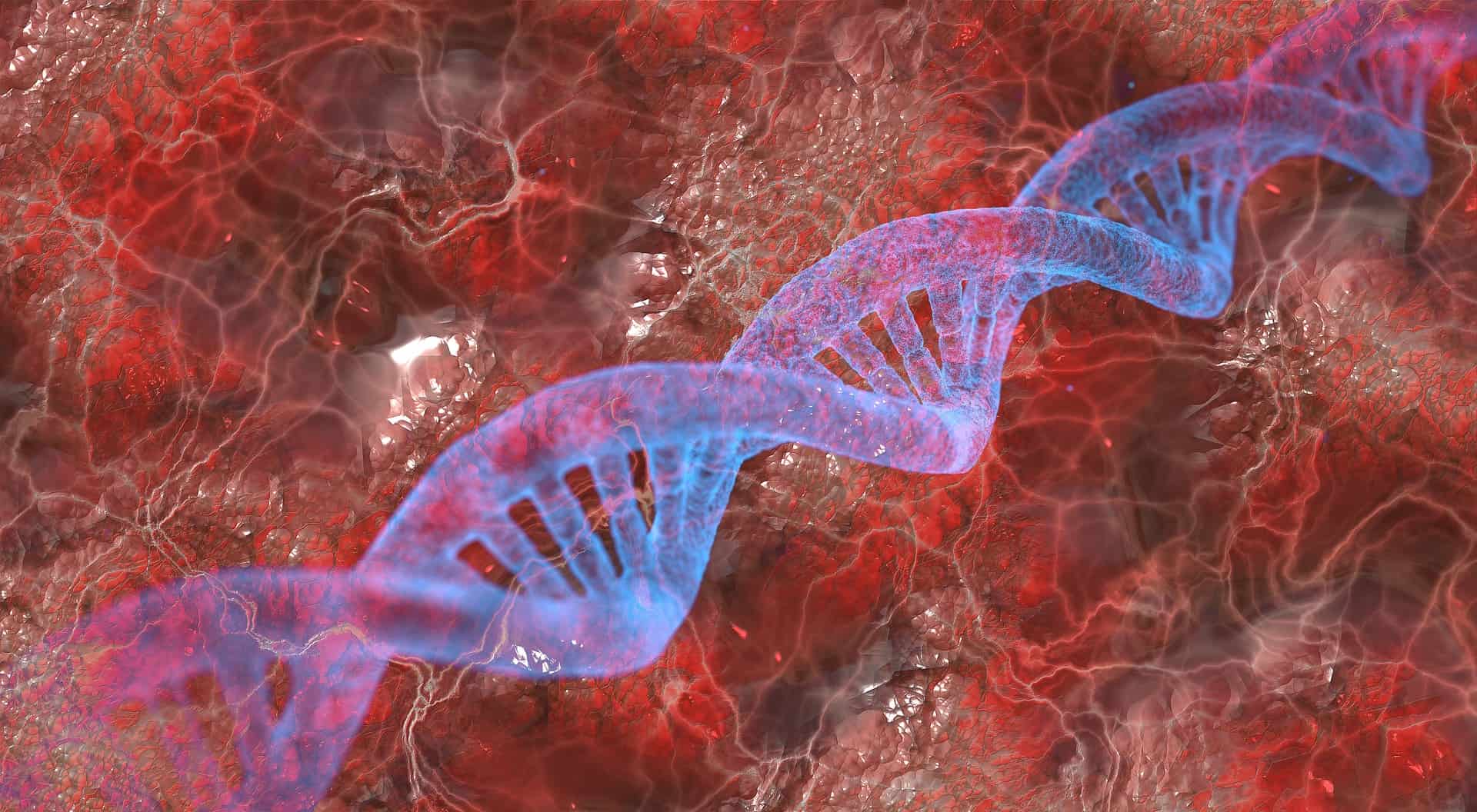
Engineers at Delft University of Technology have discovered that living cells can respond differently to the geometries of biomaterials around them. This could be used as an important step in repairing damaged tissues instead of using drugs, the university writes in a press release.
Cells respond to geometry of surfaces
Amir Zadpoor, professor of Biomaterials and Tissue Biomechanic, explains that “cells sense and respond to the geometry of surfaces they are exposed to.”
Lidy Fratila-Apachitei adds that “Cells prefer a saddle shape – if they perceive one nearby, growth is stimulated.” The study shows that cells prefer valleys over hills. Cells collectively align their stress fibers with curvatures experienced in order minimize bending.
In petri dishes, the researchers grew bone cells surrounded by small moulds made from biomaterials. Depending on the curvatures in the moulds, the cells tended to grow, divide, and form tissue to different extents. This research could be an important step in research into repairing damaged tissues.
3D printing
3D printing is a relatively new technology that can create objects of almost any shape or geometry. The process works by adding layers of material one at a time until the desired shape is achieved. It has revolutionized many industries and could now be used to stimulate organ repair.
The research team used 3D printing technology to create moulds with different shapes and curvatures. They then used these moulds to grow bone cells in petri dishes, observing how the curvatures of the moulds affected cell growth and division. They found that cells tended to grow more when exposed to saddle-shaped surfaces and less when exposed to convex or flat surfaces.
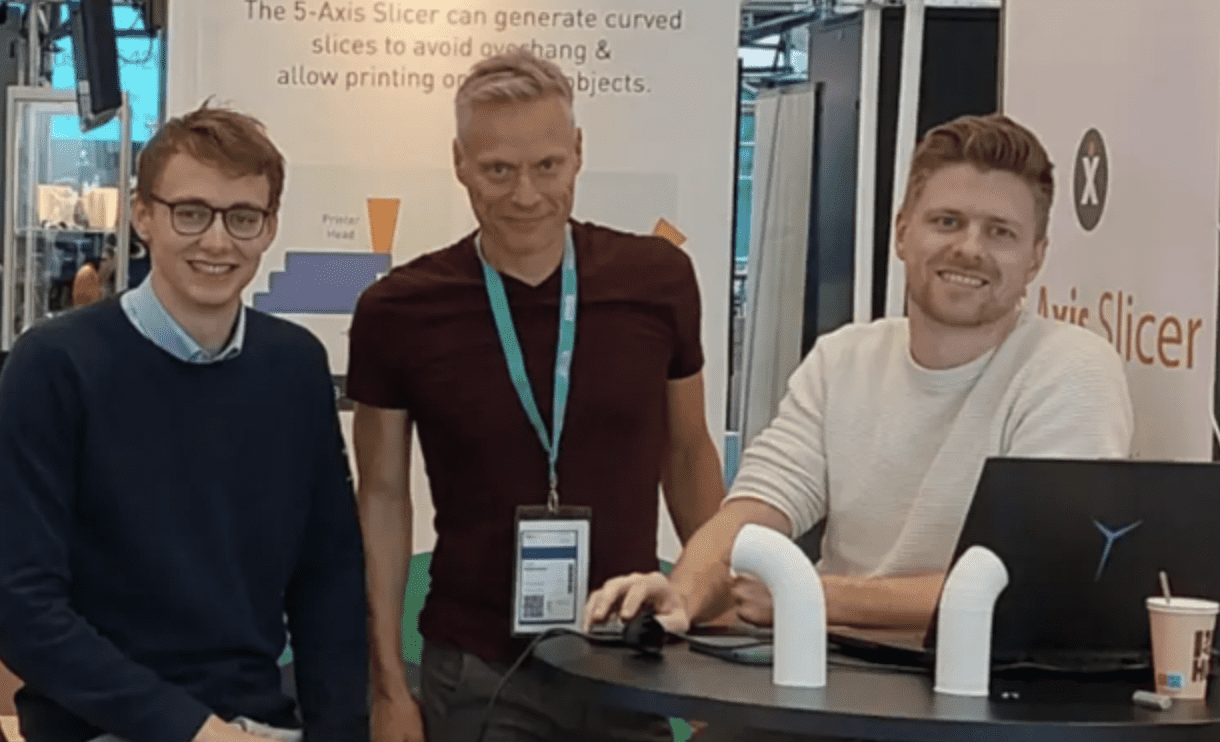
Better treatments
The researchers hope that their findings can be used to create better treatments for tissue repair in the future. By using 3D printing technology, doctors could create tailored moulds for individual patients that would encourage cell growth in damaged areas. This would reduce recovery times and eliminate the need for drugs or other treatments.
The team plans to continue their research by studying how different shapes and curvatures affect cell behaviour in other types of tissues. They also plan to investigate how they can use 3D printing technology to create larger structures that could be used for more complex tissue repairs.



